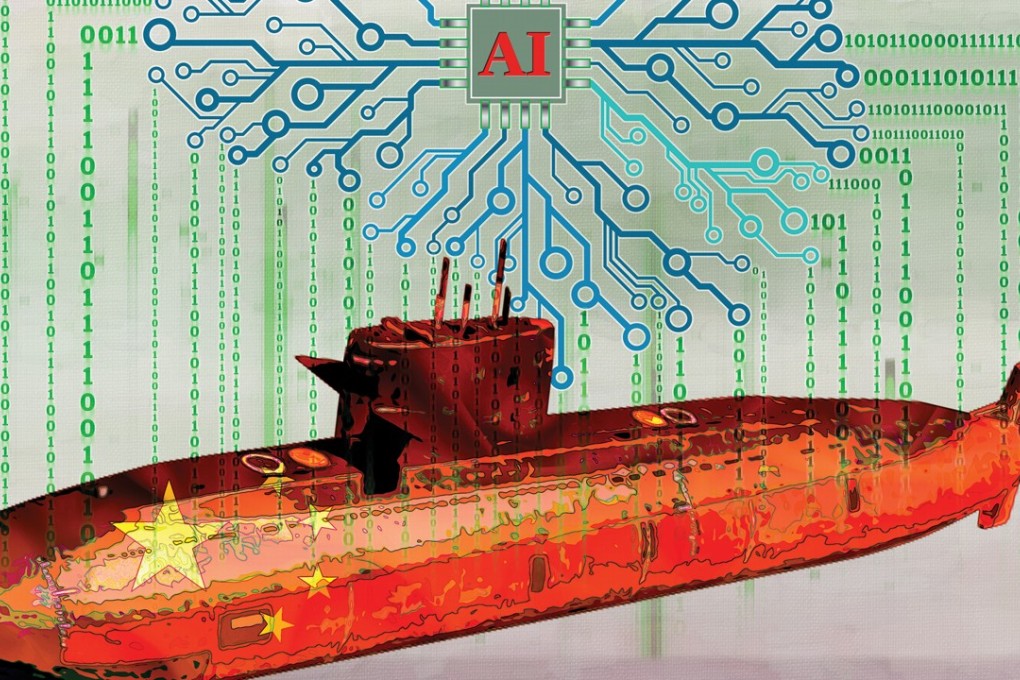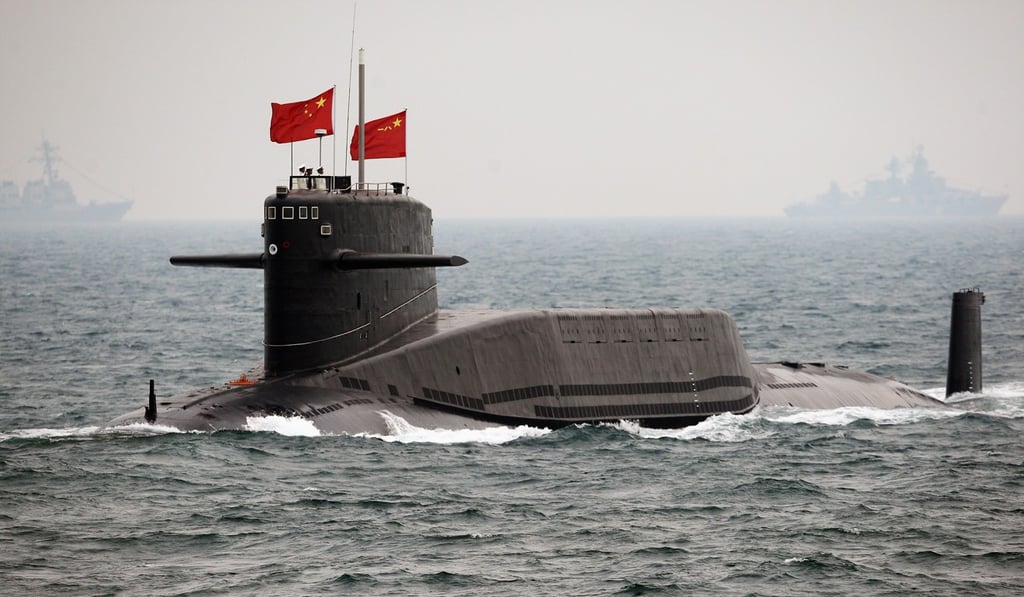China’s plan to use artificial intelligence to boost the thinking skills of nuclear submarine commanders
Equipping nuclear submarines with AI would give China an upper hand in undersea battles while pushing applications of the technology to a new level

China is working to update the rugged old computer systems on nuclear submarines with artificial intelligence to enhance the potential thinking skills of commanding officers, a senior scientist involved with the programme told the South China Morning Post.
A submarine with AI-augmented brainpower not only would give China’s large navy an upper hand in battle under the world’s oceans but would push applications of AI technology to a new level, according to the researcher, who spoke on condition of anonymity because of the project’s sensitivity.
“Though a submarine has enormous power of destruction, its brain is actually quite small,” the researcher said.
While a nuclear submarine depends on the skill, experience and efficiency of its crew to operate effectively, the demands of modern warfare could introduce variables that would cause even the smoothest-run operation to come unglued.
For instance, if the 100 to 300 people in the sub’s crew were forced to remain together in their canister in deep, dark water for months, the rising stress level could affect the commanding officers’ decision-making powers, even leading to bad judgment.
An AI decision-support system with “its own thoughts” would reduce the commanding officers’ workload and mental burden, according to the researcher.
